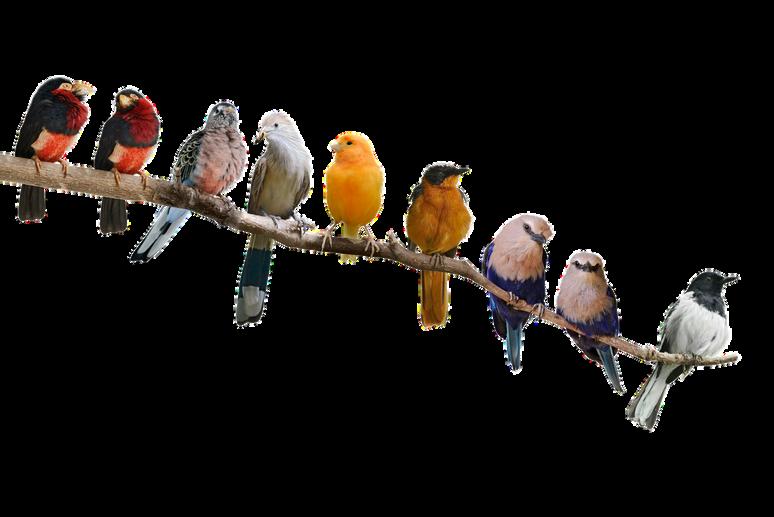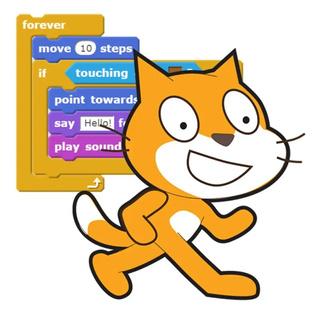




Class text – Inkheart - Cornelia
Funke, linked to human concepts for this term
READING
Analysing character and setting
Skimming and scanning to locate key information from the page, chapter and book
Linking information throughout the text
Comparing characters
Deducing and inferring character thoughts and feelings
Exploring and comparing settings
Analysing character and setting
Skimming and scanning to locate key information from the page, chapter and book
Linking information throughout the text
Comparing characters
Deducing and inferring character
thoughts and feelings
Exploring and comparing settings
TThrough White Rose Scheme, children will use concrete, pictorial and abstract methods. This term, they will learn about:
Numbers to 10 million, comparing, rounding, multiplying or dividing by 10,100 and 1000 and negative numbers
Adding, subtracting, multiplying and dividing (including multi-step problems), . Finding common factors and multiples, and using prime, square and cubed numbers
Adding and subtracting fractions, understanding fractions as division, problem solving, multiplying and dividing with fractions, finding fractions of amounts.
Converting between metric measures and between metric and imperial measures.

Essential Question: How does environmental change affect animal group dynamics?
Big Ideas: Ecosystems are constantly changing due to changes in the environment and populations of various species. Organisms have physical and behavioral adaptations that increase their chances of survival.
Science and Engineering Practices highlighted in this unit: Engage in Argument from Evidence: Construct an argument with evidence to support a claim. Analyze why some evidence is relevant to a scientific question and some is not.
Essential Question: How do organisms develop specific traits?
Big Ideas: Many characteristics of organisms are inherited from their parents. Other characteristics result from individuals’ interactions with the environment, which can range from diet to learning. Some characteristics involve both inheritance and environment. Different organisms vary in how they look and function because they have different inherited information. The environment also affects the traits that an organism develops.
Science and Engineering Practices highlighted in this unit: Analyze and Interpret Data.

History of communication
Research project based on the digital revolution
Key figure - Tim Berners-Lee
Contrasting school days before the invention of the Internet with today
School trip to complement this learning








Global location and the different physical and human landscapes
The Global distribution of social media use

The UK’s human and physical geography
Transport networks in the UK
The UK and globalization
Under the Sea – Exploring artistic techniques and principles
Looking at the drawings of Van Gogh and using experimental mark-making to describe texture.
Introduction to tone and how artists might vary it to create the illusion of form.
Pupils create continuous line drawings of crabs as a means of expressing organic forms and shapes.
Exploring composition through analysing the relationships between positive and negative space.
Pupils are introduced to the colour wheel and paint mixing technique before applying these skills to their own painting.

Looking at the 6 R’s and why they are important in design. Learning about designing for a particular customer/target market and what you need to consider when starting a small business or brand.
Creating a theme for a ‘festival’ and designing a t-shirt to sell at their ‘festival’ while considering their perfect customer. Introduction to ‘Adobe Illustrator’ and the basic graphic design tools.
Designing a logo using ‘Adobe Illustrator’ for their business. Designing their t-shirt on ‘Adobe Illustrator’ to ‘sell’ at their ‘festival.’
Printing their t-shirt using the hot-press in the workshop. Evaluating their project.
Health and safety in the kitchen using equipment safely
Basic knife skills
How to use an oven effectively and safely
Nutrition and provenance of food
Cooking might include cous cous salad, egg fried rice and Dutch apple cakes


Hands:
Fitness: Cardiovascular Fitness, agility, balance, co-ordination, flexibility, muscular endurance, power, reaction time, speed Basketball: Passing, dribbling, shooting
Head:
Knowledge/Understanding/Analysis/Feedback/Responsibility/Rules
Heart: Communication/Leadership/Respect/Resilience/Effort/Confidence
Hands:
Passing, shooting, dribbling, positional play, attacking and defensive principles, pressing.
Head:
Knowledge/Understanding/Analysis/Feedback Responsibility/ Rules
Heart: Communication/Leadership/Respect/Resilience/Effort/Confidence
Hands:
Fitness: Cardiovascular Fitness, agility, balance, co-ordination, flexibility, muscular endurance, power, reaction time, speed
Football: Passing, dribbling, shooting, positional play
Head:
Knowledge/Understanding/Analysis/Feedback/Responsibility/Rules
Heart: Communication / Leadership / Respect / Resilience / Effort /Confidence
Hands:
Passing, shooting, dribbling, positional play, attacking and defensive principles, pressing.
Head:
Knowledge / Understanding / Analysis / Feedback Responsibility / Rules
Heart: Communication / Leadership / Respect / Resilience / Effort / Confidence




Mappingandbaselinesurveystorecordplants,trees,andwildlife Sensorywalksandscavengerhuntstoencouragecuriosityandnoticing seasonalchanges
Micro-habitatinvestigations(STEMlink:classification,datacollection, graphingresults)
Cross-curricularlearningthroughscience,geography,maths,English,andart Teamgames,groupexpectations,andbehaviourcontractstosupportPSHE andteamwork
Opportunitiesforreflection,sketching,andstorytellingtoshareinitial discoveries This term’s focus: Discover
ONLINE SAFETY: MANAGING ONLINE REPUTATIONS AND INFORMATION SHARING



A Year 6 script reading curriculum, including duologues and monologues, focuses on developing students' skills in understanding, interpreting, and performing written scripts. The key objectives are improving reading fluency, expression, and performance confidence. Key components include:
Script Reading: Students practice reading scripts aloud, focusing on understanding dialogue, stage directions, and character intentions.
Monologues: Individual students perform short speeches from a character’s perspective, working on vocal expression, emotion, and character development.
Duologues: Paired students perform scenes, emphasizing timing, listening skills, and interaction between characters.
Character Analysis: Students analyse their characters' motivations, relationships, and emotional journeys to better embody them.
Performance Techniques: Focus on body language, facial expressions, and tone of voice to bring scripts to life
Feedback and Reflection: Students reflect on their performances and receive constructive feedback to enhance their acting abilities.
This curriculum builds confidence in both solo and paired performances while fostering a deeper appreciation of character-driven storytelling.


Develop the core skills of listening, composing and performing through topic-based work.
The use of dynamics is explored through the Hall of the Mountain King and Danse Macabre with creative composition used to explore sound.
Performance is always at the root of musical study.

This term, we will continue our journey into Spanish through videos, songs, interactive games, and arts & crafts.
Year 6 will be learning about:
Exploring different types of families and how they can change.
Positive friendships and respectful communication.
Respect and the gaining and giving of consent.


Buddhism – knowledge and understanding
Origins of Buddhism – the story of the Buddha
Teachings and values of Buddhism
Statues and symbols
Meditation and prayer
Vihara buildings and shrines